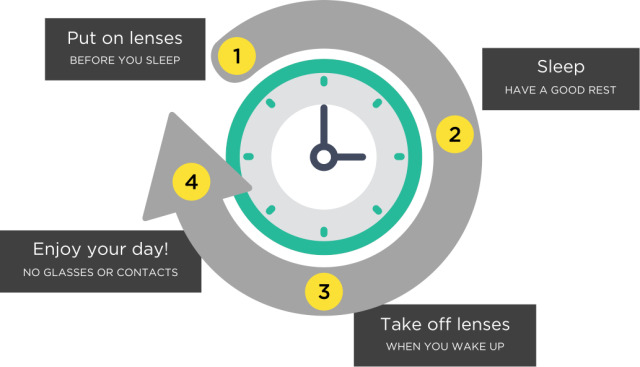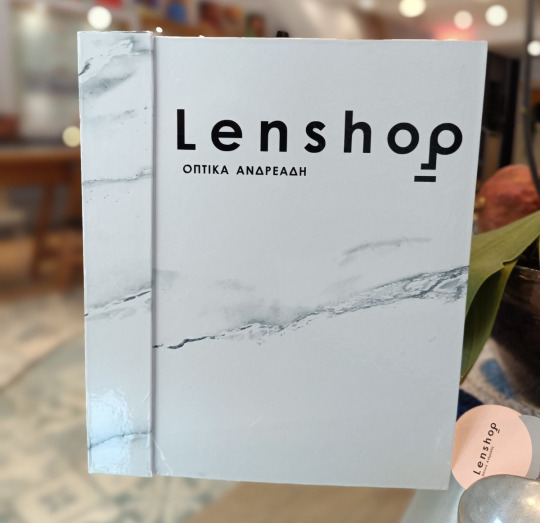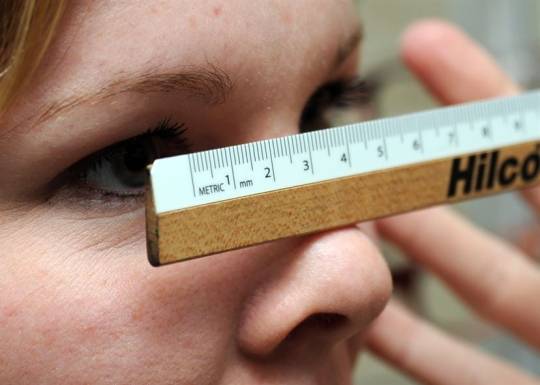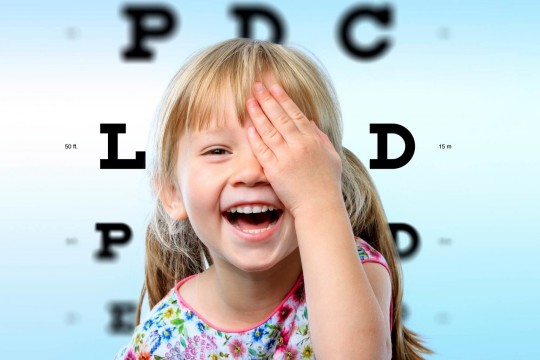
How can we improve the back to school experience for every student across the board?
Good and functional vision requires visual acuity, visual skills and the connection to the visual pathways in the brain to “work” together in harmony.
When this is not the case, even a child who sees 6/6 (perfect visual acuity), may experience difficulties reading, writing and processing visual information, Thus:
• 80% of all information that children receive derives visually.
• 75-90% of learning in a classroom is done visually.
• 80% of children who have difficulty reading have visual impairments that can be treated if necessary with special optometric exercise programs.
Therefore, three areas need to be checked so that parents can be sure that their child’s vision will not be an obstacle to their school progress:
1. To be examined by an ophthalmologist that the student’s visual system is healthy and that he does not have any refractive problem such as myopia, high hypermetropia, astigmatism.
2. To be checked by a qualified ophthalmologist or optometrist that ocular health, convergence, focus and eye movements are working normally
3. To be checked by a qualified optometrist that the collection of visual information, visual perception, visual memory, visual processing speed and hand-eye coordination are properly developed.
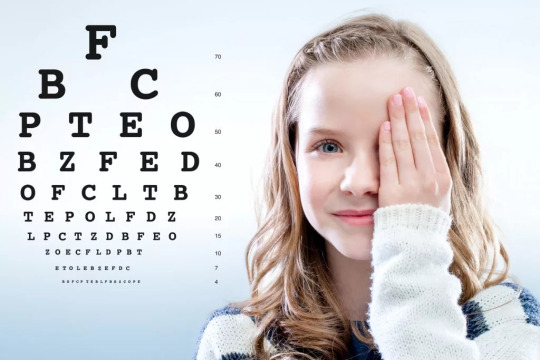
Can we train our eyes to reduce or avoid Myopia as we age?
The simple answer is no, however there are ways of slowing the degree of myopia. Fortunately, science and technology have made leaps and bounds in recent years. For example, a child with myopia of -4.50 dioptres who refuses or is uncomfortable to wear glasses may be suitable for orthokeratology lenses. Commonly referred to as Ortho-K lenses, these are custom made rigid contact lenses deigned to be worn overnight to gently reshape the surface of the cornea, Allowing the wearer to not need contacts or glasses during the day. Upon taking the lenses out in the morning the child can see clearly and cope with any of his activities without having to wear his glasses, while his myopia will remain stagnant or may even recede. It is a treatment that is based on the same principle as braces for the teeth or the guardian for the spine. In fact, in many advanced countries, such as Japan, New Zealand and Australia, the cost of this method is often covered by the health system in cases where patients are considered legally blind (Spheric powers above -5,00 and cylindric powers above -3,00)
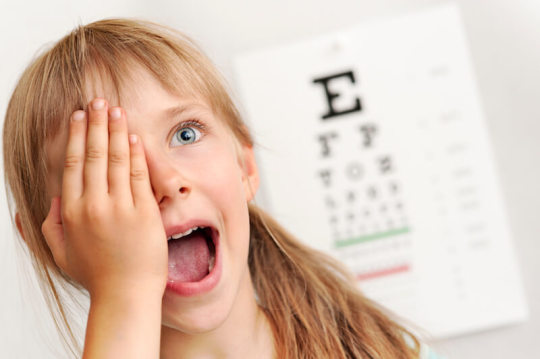
Is innovation the biggest trend in the magical world of glasses?
It sure is. In addition to the orthokeratology we mentioned, there are many more innovations that protect vision or make our everyday life easier. Examples include:
• Glasses that absorb blue light, to which children are constantly exposed by using electronic devices.
• Photochromic glasses that act as dimmers for our eyes. That is, as long as we are exposed to UV radiation (such as solar), the glasses will darken as much as is necessary to protect our eyes.
• Polarized glasses that, in addition to the sun’s rays, filter a certain amount of light by cutting reflections, so that we can see without the sun blinding us, which is why we see colors more clearly with polarized glasses.
• Very important for children is the anti-scratch technology, which ensures that the lenses of the glasses are hardened and are not easily scratched like ordinary lenses. They are 6 to 10 times more difficult to etch, so you need to ask for this kind of coating. It is good to ask for a hydrophobic coating (so that water does not stick to the lens), a lipophobic coating (for fingers) and an antistatic coating (so that it does not hold dust) along with hardening. Remember that all quality lenses come with an authenticity card that certifies all of the above and is essentially the identity of the lenses.
• There are also photochromic contact lenses that darken in strong sunlight, so that the user’s eyes are not tired of the bright light even when he is not wearing sunglasses.
Your local optician or optometrist will be able to provide you with the best solutions to cater to your main concerns.
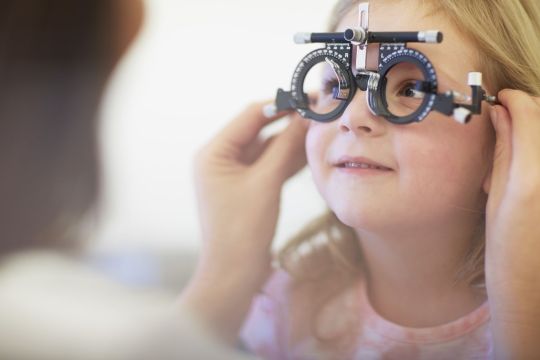
Are glasses an issue of inclusion in the school community and how can this be improved to the maximum?
It is important that the glasses serve the needs of the children, but it is equally important that they do like them. Let them try until they find what expresses them and don’t pressure them into their choice. The optician will recommend a frame depending on the child’s condition, so that the frame helps the child with his peripheral vision, but not so large that it weighs him down or falls. Fortunately, there are now many companies, designs and colors of frames as well as cute accessories such as special cases, cloths and cords that make this process more enticing to the wearer. So, along with school supplies, bags and cases, put your children’s eyeglass accessories on your list.

What are the SOS of the new year?
1. Visit the ophthalmologist (initially) or your local optometrist if there are signs of reading difficulties, refusal to study, slow copying, attention difficulties, etc.
2. Make an appointment at an optical store so you can have available the time your child needs.
3. Make sure that the optical store you choose has certified Optician-Optometrist staff and not simply salesmen only, in order to guide you scientifically based on your child’s needs.
4. If the child is in pre-adolescence or adolescence and wants to start with contact lenses, select an Optical store which will be done after studying the trained knowledge and understanding of how to correctly fit and check the ocular health of your childs eyes and who can confidently instruct the insurtion, removal and hygeine maintenance required for all contact lenses.
5. Provide the child with a second pair of glasses, lens cleaner, anti-fog and cloth in their bag.
6. Never give pressure to children to get what parents want. Choose what your kids want to wear, because only then will they wear the glasses even when you’re not looking.
Do not hesitate to contact us in order to learn more about all the discussed matters listed above.
https:/lenshop.eu










